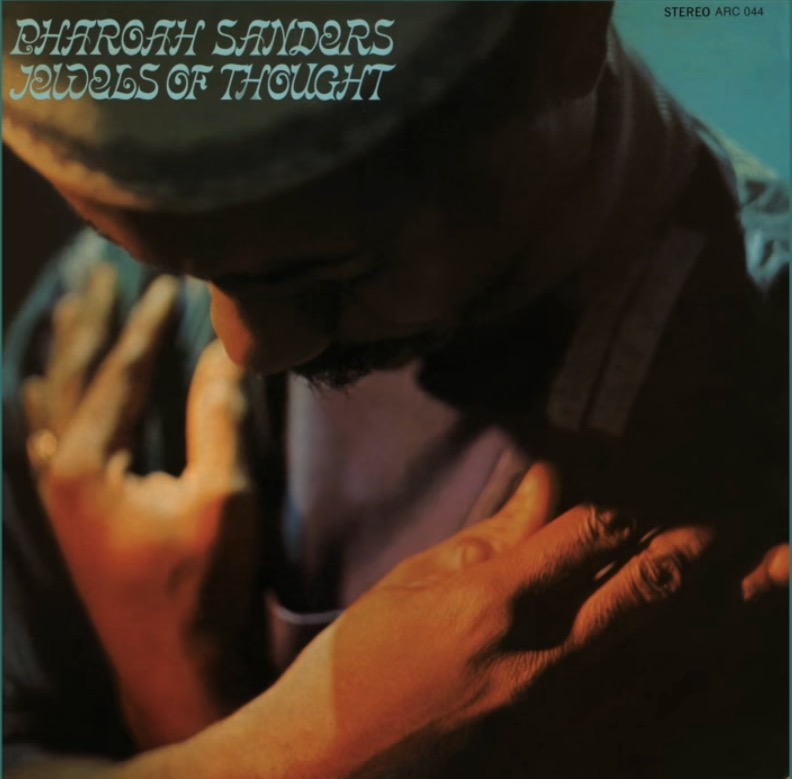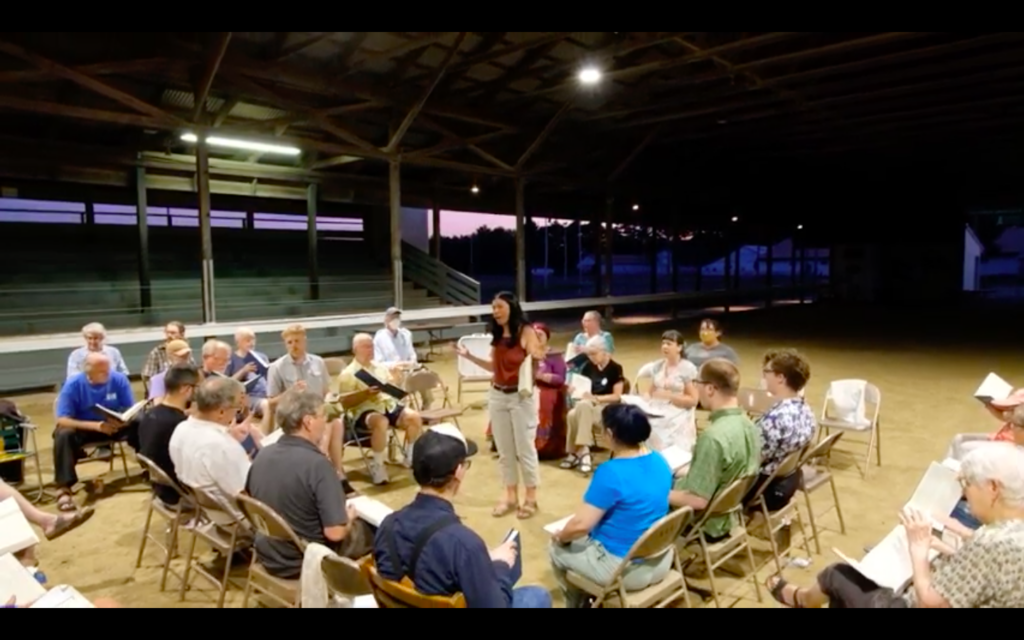On Saturday, Pope Francis spoke to a gathering of one thousand people under the age of 35. He said, in part:
“‘The first market economy was born in the 13th century in Europe through daily contact with Franciscan Friars, who were friends of the first merchants. That economy certainly created wealth but it did not despise poverty,’ said [Pope] Francis. ‘Our capitalism, instead, wants to help the poor but does not respect them. … We do not have to love poverty,’ he added. ‘On the contrary, we need to combat it, above all, by creating work, dignified work.’”
We can argue about details of his interpretation of the history of capitalism. Nevertheless, Pope Francis is getting at something important — capitalism today despises people who are poor. Today’s capitalist Titans do everything they can to reduce the number of people they have to hire and make the remaining workers work insanely long hours. Then they speak with disdain of people who can’t find a job. In San Francisco, the rich young Tech Titans want the city to get unhoused people off the streets so they, the Tech Titans, don’t have to be confronted with the tent encampments that they help create.
Pope Francis was wise to make this address to a crowd of people under the age of 35. Pollsters have shown that the younger you are, the more likely you are to distrust capitalism. Among young adults, half prefer socialism to capitalism.
Those who still believe that capitalism is the best economic system have an uphill battle to bring the rest of us around to their opinion. Global climate change appears to have been aggravated by neo-liberal capitalism. Then consider that 11.6% of the U.S. population lives in poverty, while the capitalist system keeps funneling money up to the billionaires.
I think it’s possible to justify something other than the neo-liberal capitalism we’re currently stuck with. It should be possible to have a capitalism that deals with poverty, that creates dignified jobs, that stops the kind of unrestrained growth that leads to ecological disaster. But I’m not seeing anyone working in that direction. These days, capitalism seems to be pretty much divorced from ethical concerns.
As a result, we have mainstream figures like Pope Francis essentially saying that capitalism is evil. We have a growing number of young people who no longer believe in capitalism. We have smart people proposing interesting alternatives to standard capitalist economics.
For myself, I’m no longer able to justify capitalism from an ethical point of view. If the capitalist United States has an 11.6% poverty rate, something’s wrong….


